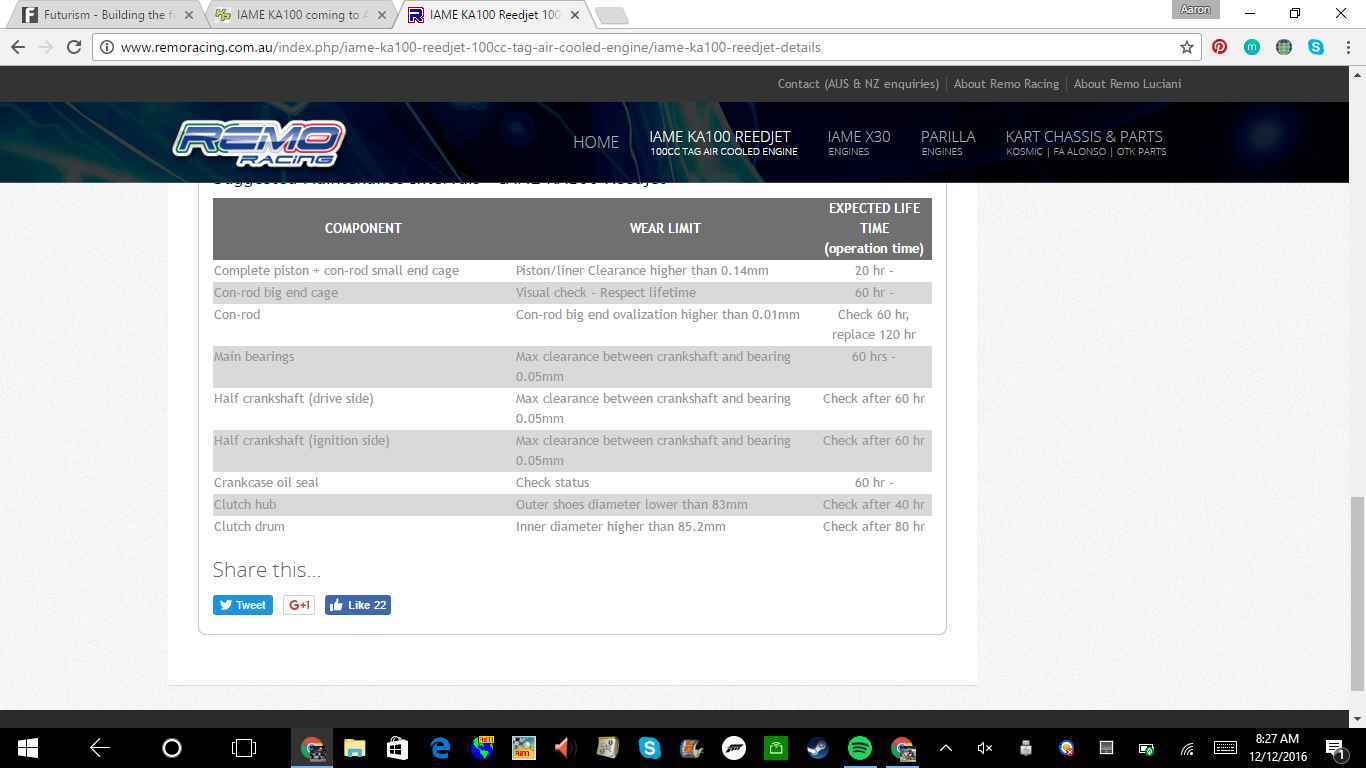IAME is bringing the Australian KA100 to run in USPKS as an attempt to take out the Yamaha in America.
The engine is designed to use components from the X30, but running 10 less horsepower, along with being air cooled and bringing an electric starter as well. Personally it almost seems like an updated HPV rather than an all new engine, but I’ve only driven one Komet in dire need of a rebuild.
The KA sounds interesting and, being a Yamaha racer myself, this affects me very well. The success or failure of this engine determines whether I’. going to find myself selling my current engines and getting new ones (meaning many more $$$ we spend) or keep running Yamaha.
As far as I’m aware with the engine, it’s marketed as more reliable and less maintenance than the KT100, although it costs almost as much as the X30 at $2,900 vs $3,400 AUD. If this takes off, I feel this will draw an even larger gap than there already is between entry level engines (LO206, KT100 kinda, etc) and the national competition classes (TaG and Shifter).
Along the topic of costs, I’ve been hearing IAME enjoy “updating” engines to go faster/be better/cost more to be competitive. From my understanding, there originally was the Leopard. Then came the MY09 that made the regular one obsolete and wasn’t compatible with the standard. After that came the X30, which has stuck for the past couple years but I’ve seen people predicting an upgrade is coming soon.
I’d like to hear opinions on this, is it good, bad? Will it fail or do well, and if it does succeed, where will it go? Is another SKUSA class coming with it since IAME and SKUSA are very close? I’d love to hear other opinions on this.

 has done was introduce the Vortex Mini Rok engine for cadets and the KA100 engine.
has done was introduce the Vortex Mini Rok engine for cadets and the KA100 engine.